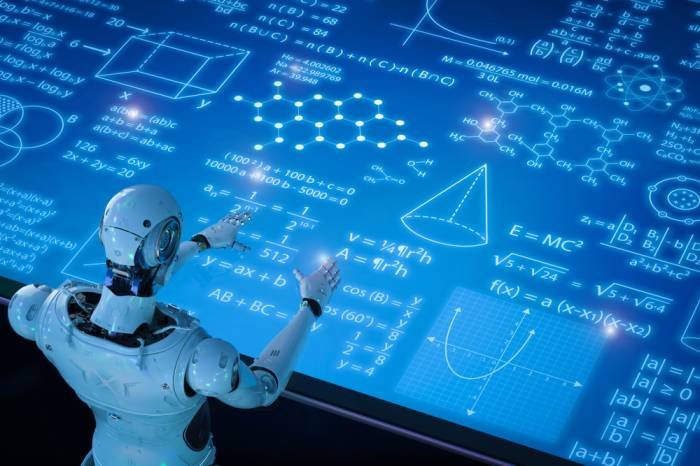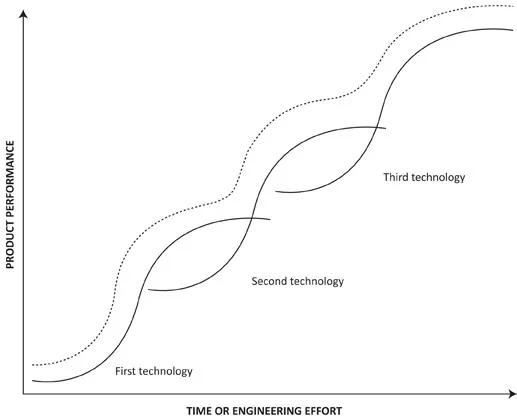How AI Will Affect Your Company
It is now clear that the latest large scale AI systems are unexpectedly capable – more so than their designers anticipated. More than simply “completing text”, they are able to solve problems that they have not seen before. In fact, they exhibit “emergent” behavior that was not designed for. In the words of Ellie Pavlick, a computer scientist at Brown University,
“It may very well be that the model has learned something fundamentally new and different that it didn’t have at a smaller size. That’s what we’re all hoping is the case, that there’s some fundamental shift that happens when models are scaled up.”
The capabilities of these new systems has surprised – even shocked – a lot of people, including people in the AI field. It has become clear that – all of a sudden – we have an unexpected inflection point in AI capability, and the technology is still on a steep curve of improvement. To say that this will disrupt business and even society is probably an understatement.
This type of sudden jump is described as the “S curve” of innovation, whereby there is an unexpected breakthrough, followed by rapid improvement and adoption; but that trails off, and then is replaced by a new breakthrough. Each breakthrough disrupts the entrenched paradigms – and business models.
Business people are grappling with how the sudden jump in AI capability might affect them. Here’s the short list of ways that it might, and I think that few will argue with it:
Entirely new competitors will appear out of nowhere, offering to solve customers’ problems in entirely new ways.
Your current competitors will release AI-powered features that will eclipse older features.
The way that you conceive, design, build, and support your products might need to change in order to stay competitive.
The jobs that some of your users currently do will begin to vanish.
The jobs that others of your users currently do will radically change.
Further, agile competitors will adapt to or implement these changes with lightning speed. They will produce offerings before their less agile competitors even decide what to do. They will adjust how they work. They will fine-tune their features to support their users’ new reality.
The most agile competitors will adapt to these changes with lightning speed, and produce new offerings before their less agile competitors even decide what to do.
None of the above is in question. Rather, the current debate about the impact of the latest AI systems is about whether change will go even further – whether it presents a much larger risk to society as a whole. Some very thoughtful and knowledgeable people feel that it does. Others say not to worry – that we are a long way from any existential risk.
Regardless, if we focus on right now, the recent AI advances put today’s business models at risk. We have just seen Google threatened: its “Bard” AI system has been shown to be markedly inferior to OpenAI’s system. This might change as Google adjusts its model, but the point is that no one is safe from massive disruption. No one is too big to fail, and disruption can happen very suddenly.
What should you do?
The next few years are going to be very different from what we are accustomed to: they are going to be extremely disruptive. It is possible that this will be a new normal, and that future disruption will come at a more frequent rate. The rate of change has been accelerating, and there is no going back on that.
To prepare, it is necessary to have the ability to pivot quickly, at scale. Our model of organizational agility identifies three critical components for organizational agility:
The Constructive Agility model of organizational agility
Knowledge – Cognitive awareness and understanding of patterns and methods that enable one to do new things, and do them in flexible ways. This includes knowledge of up-and-coming technology as well as knowledge of workflow and collaboration patterns such as “Lean” ideas and “DevOps” ideas. It also includes knowledge of leadership techniques and knowledge of human behavior, from learning about it and from experience.
Behavior – The way that people respond to situations. This includes how they react when new information reveals that the current approach will not work. It also includes how people (especially leaders) react to criticism, how they react to failure, and how they react to new ideas. It is about how people change what they are doing – how they reach robust new decisions and implement a pivot in strategy.
Culture – The culture is the extent to which knowledge and behavior are embedded in a shared view of “how we do things”. Leaders establish expectations for behavior, and if the incentives are strong enough, people respond by behaving in that way, and those behaviors come to define the culture.
If you are worried about how the new AI systems will affect your company, there are two things you need to do:
Revisit all of your strategies to see which might be affected.
Examine where you are with regard to the knowledge, behavior, and culture within your company.
In order to do the first one, you need to leverage the expertise that you have available. But you will not be able to do that effectively if the culture is in the way. For example, if people act politically, they will line up around opinions that seem to be the “ones that will carry the day” instead of the opinions that they authentically hold. As another example, if the culture is one in which people “toe the line”, then people who have great ideas will not speak up.
We are now in the age of AI. Foretold for so long, it has arrived.
Strategy that is set only at the top, and that does not benefit from a range of perspectives, informed by people in varying levels, will likely be wrong and fail. Good leadership is ultimately about the ability to make the most of all of the brains available – not magically conjuring a new strategy and dictating it.
Yes, effective leaders do often dictate strategy, or at least vision, but that is usually about the direction in which to head, rather than specifically how to get there. Effective leaders ask people “What do you think?” And they listen intently. They often make the final call, but only when they feel they are fully informed – after they have made the most of the many brains in their company.
Conclusion
We are now in the age of AI. Foretold for so long, it has arrived. AI will continue to improve, and it will affect us all. Your company needs to be able to pivot quickly because, as the Quanta article that we cited says,
“Emergence leads to unpredictability, and unpredictability — which seems to increase with scaling — makes it difficult for researchers to anticipate the consequences of widespread use.”
We cannot predict where this will lead, so we must be ready to pivot, quickly and effectively.




